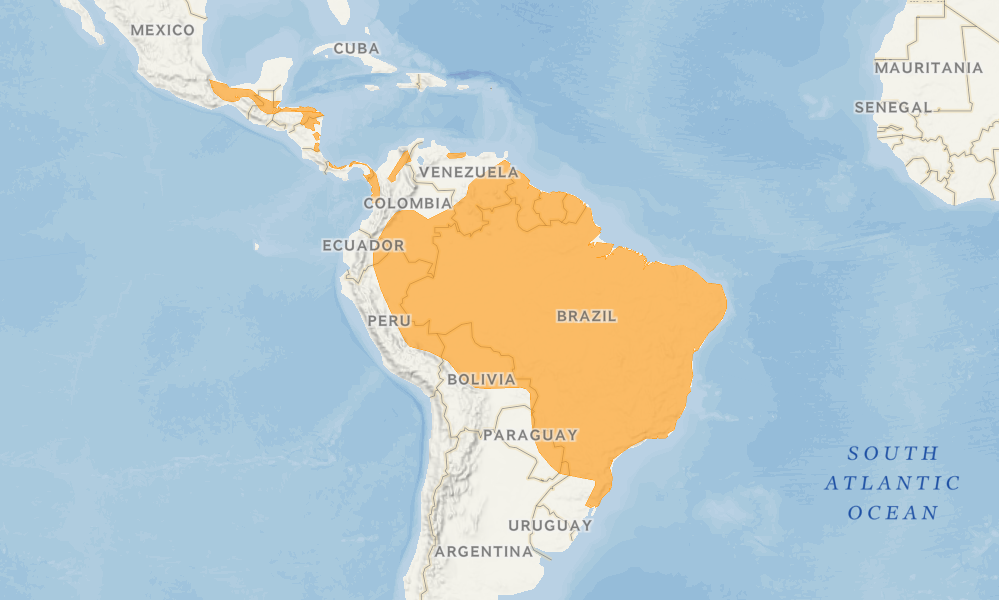The harpy eagle is one of the largest eagles—with a wingspan of 6.5 feet, rear talons up to 4 inches long, and a weight of 9-20 pounds. The female is twice the size of the male. This magnificent predator has legs as thick as human wrists. It feeds on sloths, two-foot-long howler monkeys, armadillos, and baby deer. The harpy spends two years raising just one chick, and the species is threatened by severe habitat loss and other human-related activity.”/uploads/fc406612-5785-4fe8-a0d4-5fb9a6137b34.jpe” />
With their sleek, monochrome bodies, ferocious eyes, and exuberant facial feathers resembling avian pigtails, harpy eagles—one of the world’s largest eagle species—often are ranked among the planet’s most spectacular birds and at the top of many birders’ lists. Their talons, capable of snatching a grown sloth from a tree, can be larger than a grizzly bear’s claw, and females can weigh about 24 pounds. “They look like an animal from a fantasy book,” Miranda says.
Harpy eagles are now mainly found in the Amazon rainforest, where tree cutting for ranching is eating away at their habitat. Conservationists hope ranchers will limit clearing if they make enough money from tourists who pay to see eagles in their nests from towers

https://www.nationalgeographic.com/animals/2020/04/saving-worlds-largest-eagle/